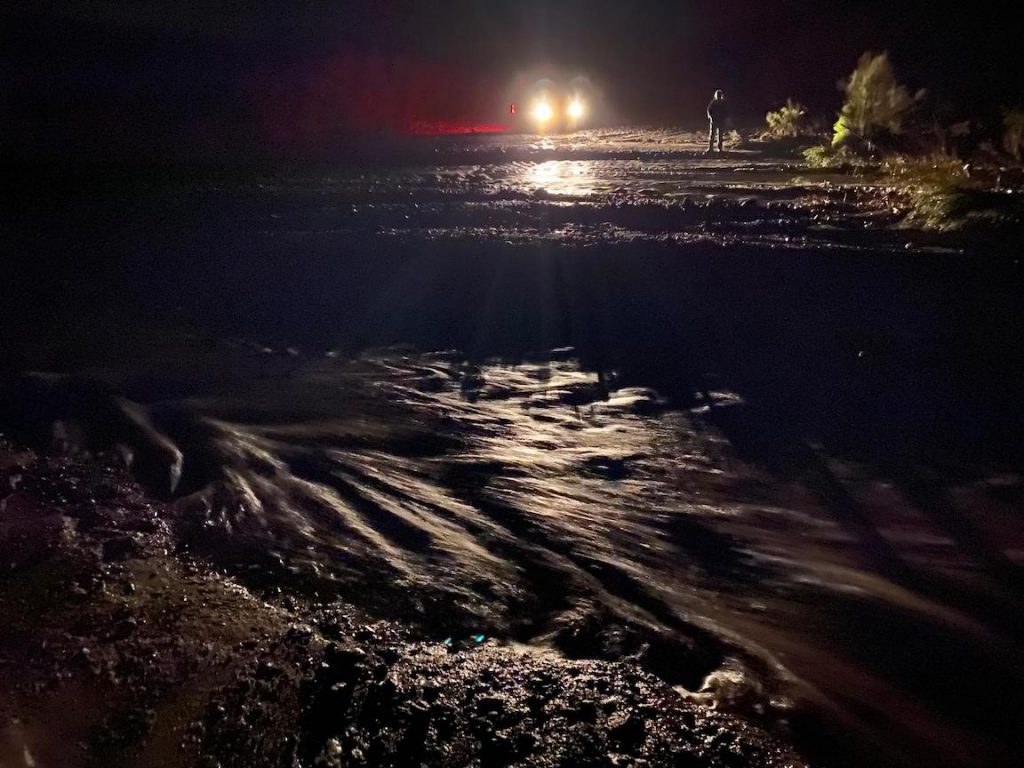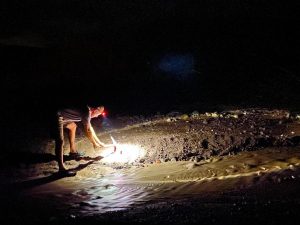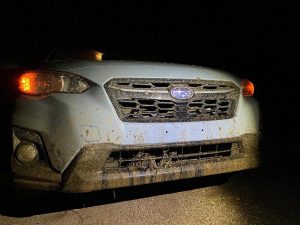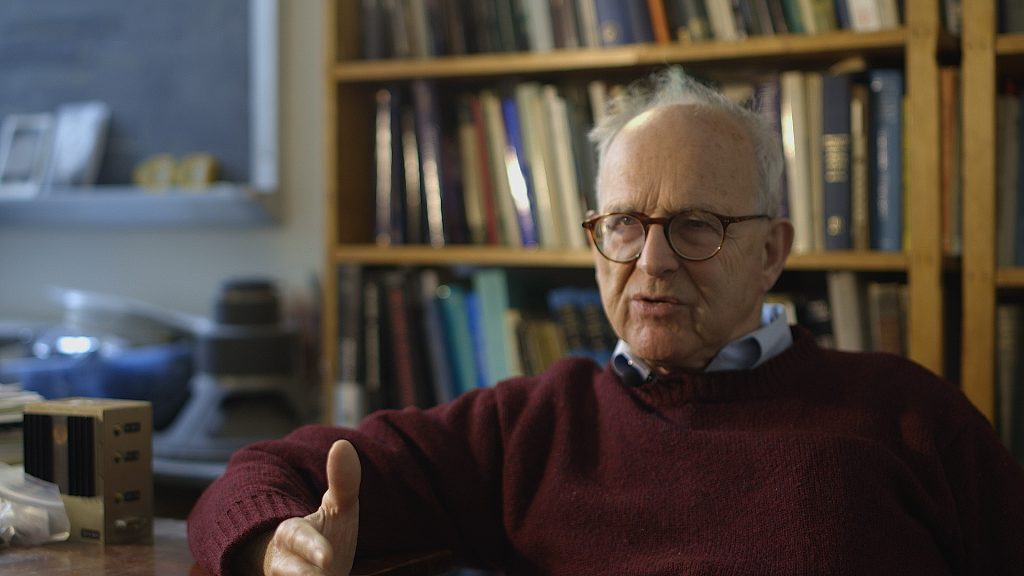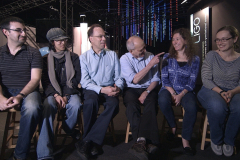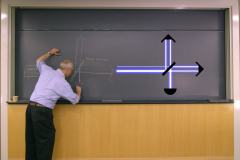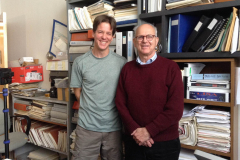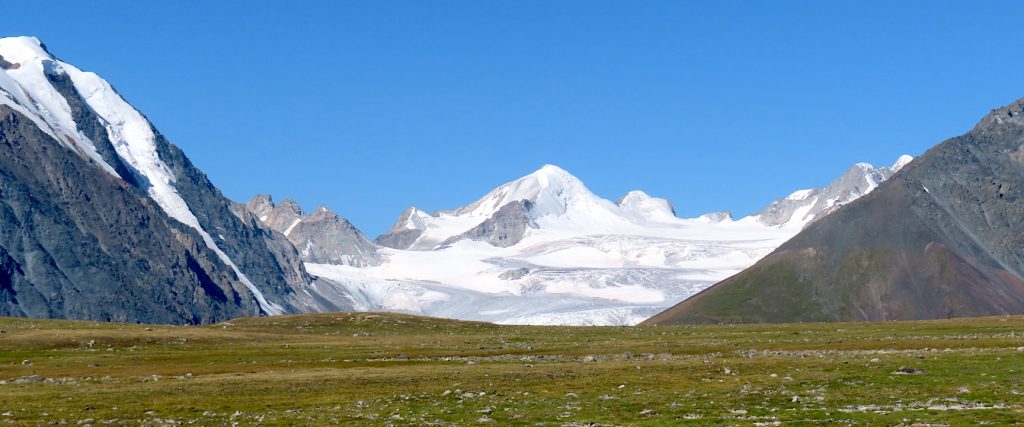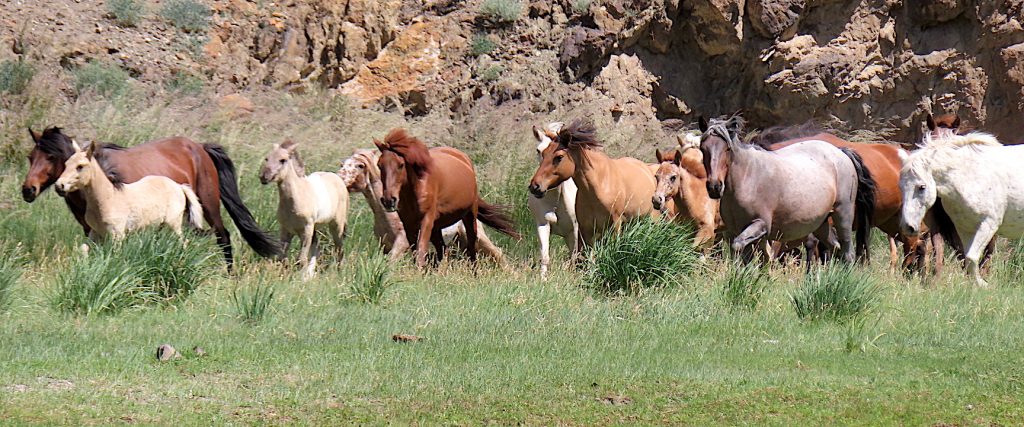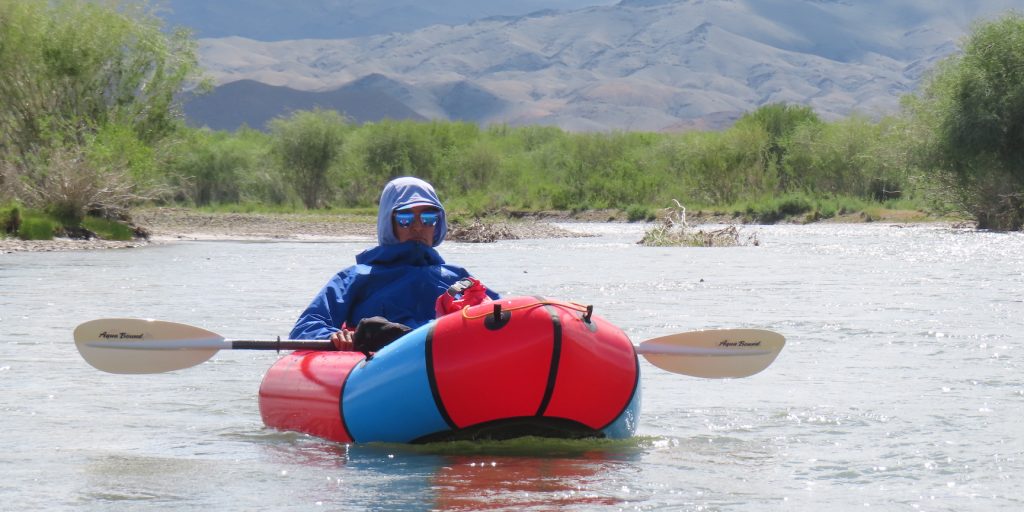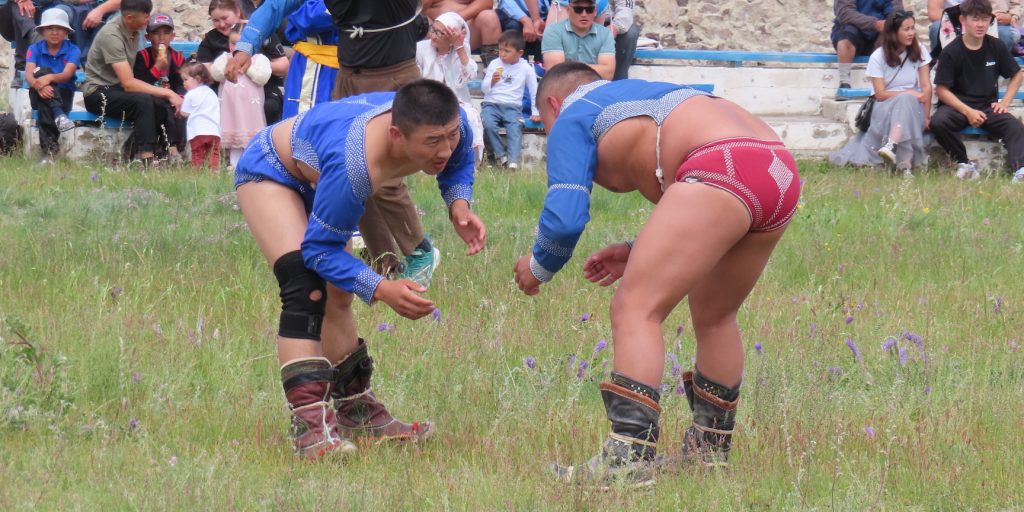When it rains, it pours
Last night Colleen and I returned from a week in Colorado. We heard reports of massive storms and could see the downpours, dark columns of massive amounts of water over isolated regions of the desert before us, as we drove from Bluff to Mexican Water, Many Farms, Chinle, then I-40 to Holbrook and back south again to Globe. We knew we wouldn’t make it from Oracle to Cascabel on the back road as it washes out easily. And with 30+ miles of gravel, even one downpour could make it impassible. Instead we went around, through Tucson to Benson, getting groceries and heading home on Cascabel Road as we have so many times before. Twenty miles of pavement followed by seven miles of gravel.
What we saw was incredible. The amount of sand and mud and debris over the pavement was incredible. We took it slow, picking our way across massive outpourings of earthen material carried onto the road from banks and streams. But what caught us off-guard, just a quarter mile before the start of the gravel was a standing pool of water two to three feet deep and over one hundred feet long. It was covered with a layer of mud such that it appeared, by the headlamp of the car, to be a continuation of the road. But once we were in the depth of it, it was too late to stop, turn around, or even switch to reverse for fear of flooding the air intake or tail pipe.
The water was up to the hood of our Subaru Crosstrek, blocking out the headlamps a few times. I kept it going slow and steady in first gear, talking to myself, Colleen, and the car, “Come on. Just keep going. Come on. A little more gas. Not too fast. Keep going.” The road no where to be seen. I just kept the car centered between the trees on either side, and looking ahead I saw reflections from two T posts, one on other side of what I assumed was the road. The interior of the car was warm with moisture brought in through the vents. The windows fogged over completely. The wiper blades flipped left and right at top speed to remove the mud being thrown over the hood and onto the glass, even at our very slow speed, just two or three miles per hour. I rotated the dash control to defrost and it cleared, a bit.
The road rose back up and the water diminished to two feet then one foot deep, and eventually just pavement again. I stopped and rev’d the engine to make certain it continued to run clean and smooth, rolled down the side windows and brought the defrost to maximum. I looked to Colleen whose eyes were as big as my own. I said, “I can’t believe we made it. The car should have stalled. I don’t know how it made it with that much water washing over the hood.” I explained to her that if the engine had stalled the exhaust pipe would have filled with water and getting the car started again would have been very difficult if it remained underwater. The forward motion likely kept the water from filling the engine compartment completely. Later I inspected the Crosstrek air intake more closely and discovered that, by design, the manifold is a horizontal snorkel that brings air in from the highest possible level, through an inverted scoop. It appears to be designed to shed water. Well done!
A few miles down a far less scary drive on gravel, we stopped a few times to test the density of the gravel beneath shallow streams. Then we came to a massive river crossing just past Heaven Sent farm at Kelsey Wash. After some shouting over the roar of the water to two silhouetted individuals on the other side, roughly one hundred feet away, we recognized our neighbors Deb and Bob. We shouted to each other for the better part of twenty minutes, deciding what to do. They wanted to continue south to their home, having come from the Cascabel Conservation Association meeting, and we wanted to continue north, to our home. I walked back up to our car which we parked far from the wash on much higher ground. I changed shoes, donned a PFD (just in case), grabbed a bottle of wine and jar of chocolate before returning to the wash. I carefully entered the water. It was shin deep, and no longer moving large debris.
I met Deb and Bob on the other side, “Kai’s Emergency Response, with complimentary wine and chocolate, at your service!” Deb gave me a big hug and Bob shook my hand. We talked a while about what to do. I returned to Colleen who waited on shore, grabbed my army shovel (the same that my father gave to me when I was five or six years old) and switched it to the axe configuration. Back to the middle of the stream I worked quickly to knock down a one foot hight bank into a ramp, then cleared barbed wire, logs, and large rocks.
Deb and Bob made it across, driving their 4×4 pickup toward my headlamp as a beacon. Once they were clear and over the dark horizon, I spent another half hour clearing more barbed wire and debris on the far side, and plotting the best course for our car. I moved our Crosstrek down the road to the stream’s edge and eased it over the berm and into the flow. I then gave it gas and crossed the now three separate streams by way of rocks, branches, and mud. The final bit of mud, no more than a few inches deep, was incredibly soft, sucking at the tires such that we lost forward velocity even as I increased the engine’s speed and released the clutch fully in first gear. Fortunately, we reached clear gravel in time, and pulled up, and out of the far bank.
We later learned that four people lost their lives in Globe, Arizona, where we had driven through just a few hours earlier. Desert storms are unique in that the heavily laden clouds can remain relatively motionless over a small mountain range or a single watershed and drop the massive amounts of water in a very short time. Globe received more than two inches of rain in just 25 minutes. While Cascabel itself did not see rain that evening, the flash flood that tore through Kelsey wash and Hot Springs was generated only a few miles away.

